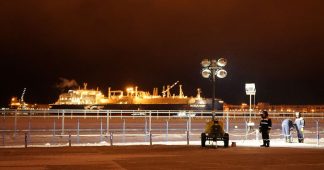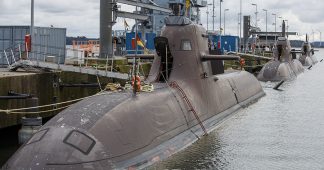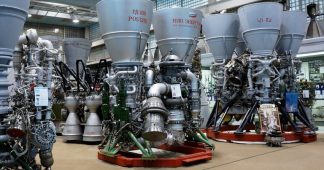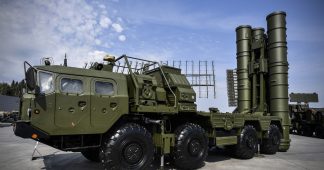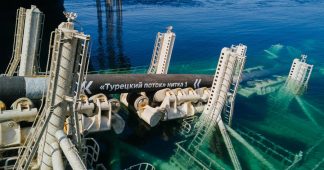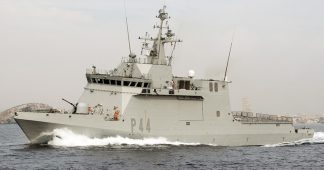23 Apr, 2020
The world’s most powerful nuclear icebreaker is set to be built in Russia – again. The new vessel, to be delivered in the late 2020s, will dwarf the power of existing icebreakers, with its new 120-Megawatt powerplant.
Dubbed ‘Leader,’ the new Project 10510 icebreaker got the green light on Thursday, when Russia’s Far East Zvezda shipyard and the Rosatomflot company signed the contract for its construction. Due to the coronavirus restrictions in place, the contract was signed via video link.
The ‘Leader,’ conceived back in 2016, dwarfs any existing nuclear-powered icebreaker, including Russia’s –and the world’s– most powerful Project 22220 icebreakers, currently under construction. The maiden vessel of that project, Arktika, is currently undergoing trials and is expected to join the fleet later this year, while two other ships of this type are set to be launched in the next two years.
While the Arktika is capable of breaking three-meter-thick ice, the new Leader icebreakers will be able to cut through a 4.3 meter-thick ice sheet, as well as to stay at sea for eight months without entering a port. The new icebreakers will pack twice as much punch, boasting a 120-MWatt powerplant, compared to the 60-MWatt output of the Arktika.
The dimensions of the new Leader are impressive as well: the ship will be over 200 meters long – slightly less than two football pitches, and some 40 meters tall, equal to a 13-story residential building.
Both vessel families will be tasked with making way for softer vessels through the ice of Russia’s Northern Sea Route. They will accompany fossil fuel-carrying ships that are heading to the Asia-Pacific from Russia’s Arctic deposits.
The estimated cost of the maiden Leader vessel amounts to an eye-watering sum of around 127 billion rubles (some $1.7 billion). Russia aims to build at least three vessels of the type, which are expected to join its icebreaker fleet by 2033.
Russia is the only country in the world that operates a large fleet of nuclear icebreakers. Such vessels are significantly bigger and more powerful than their conventionally-powered counterparts, thus being able to operate in the thick ice sheets of the Arctic. The nuclear engines allow the vessels operate autonomously for long periods without the need for frequent refueling.
